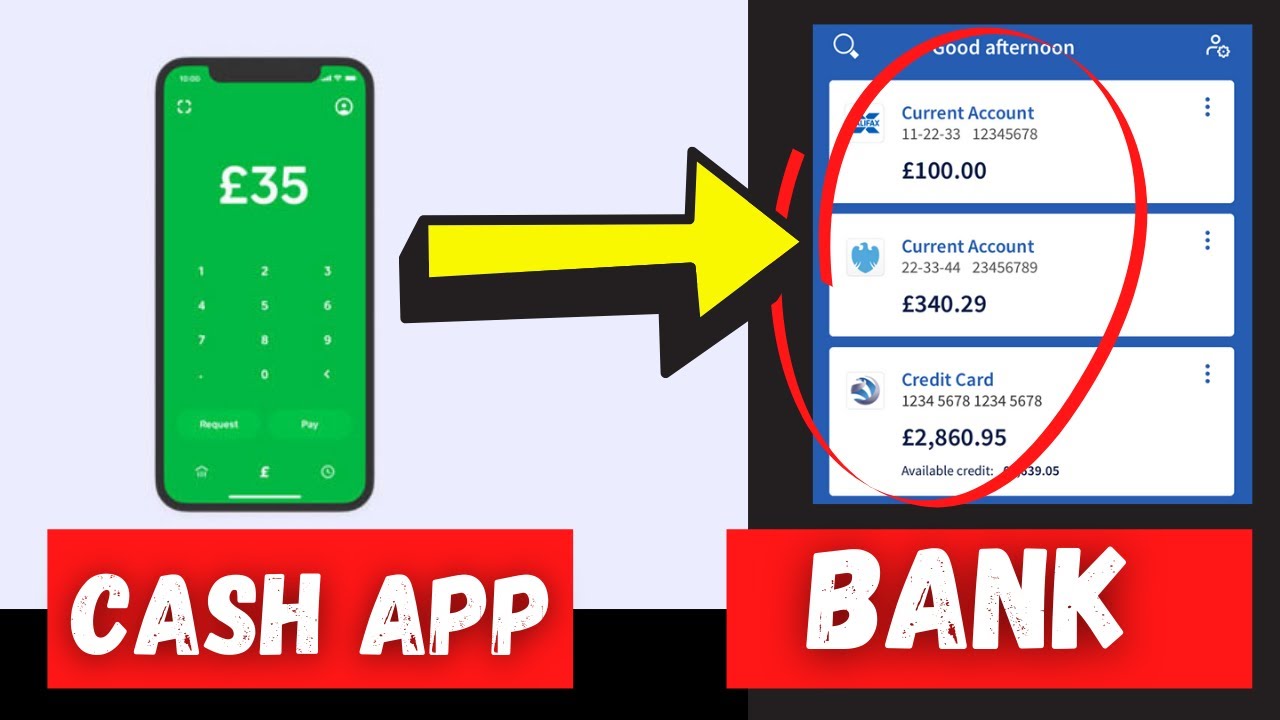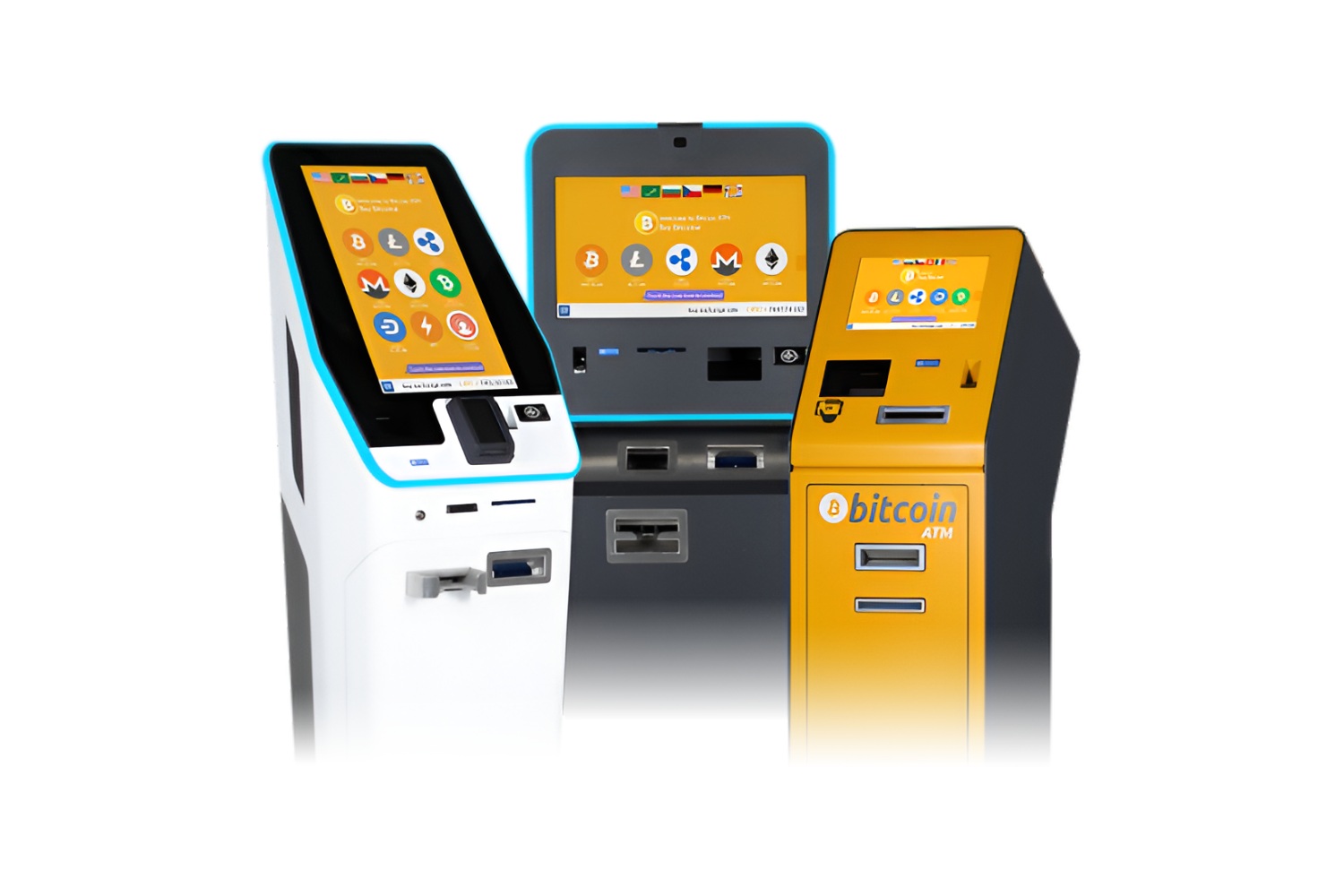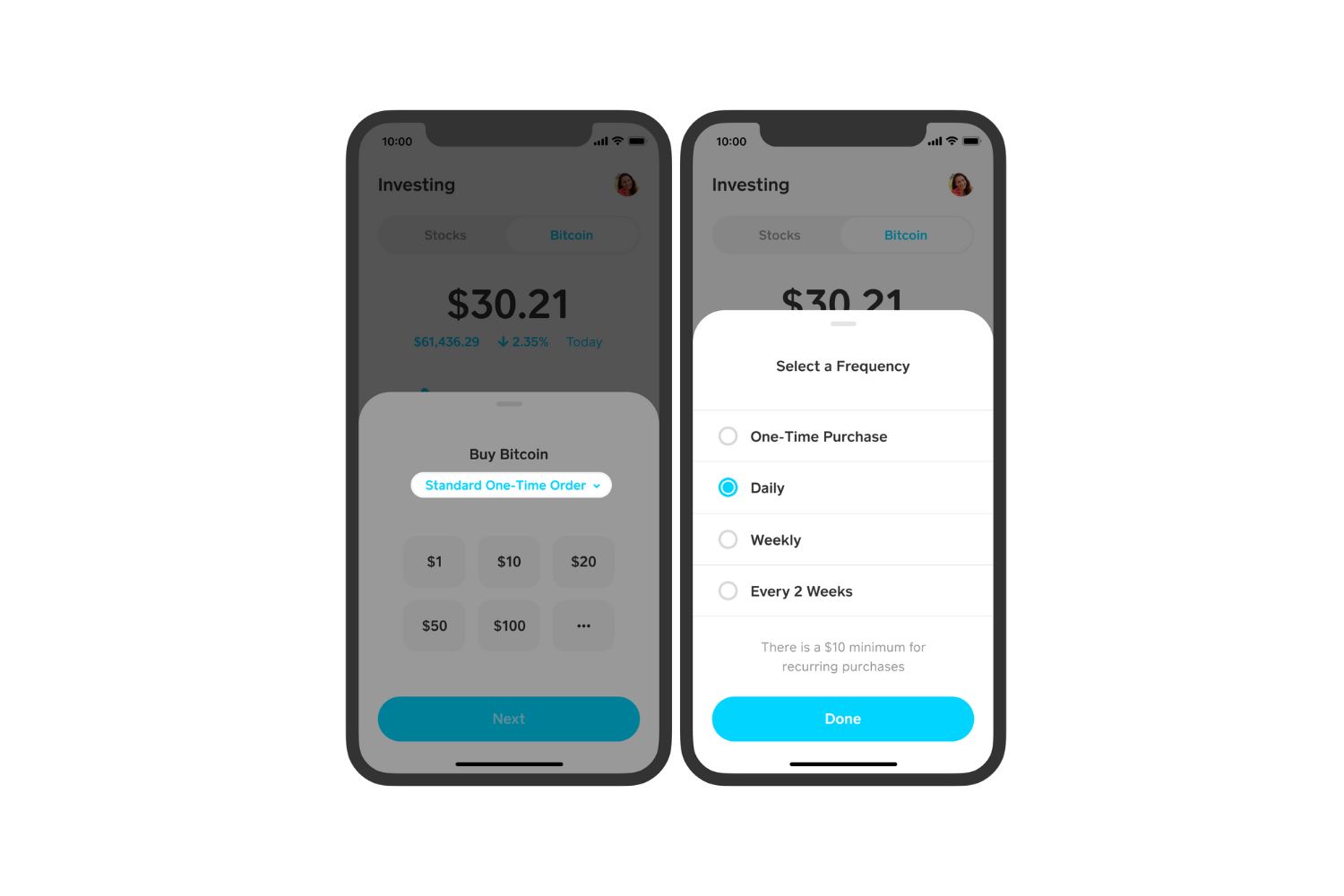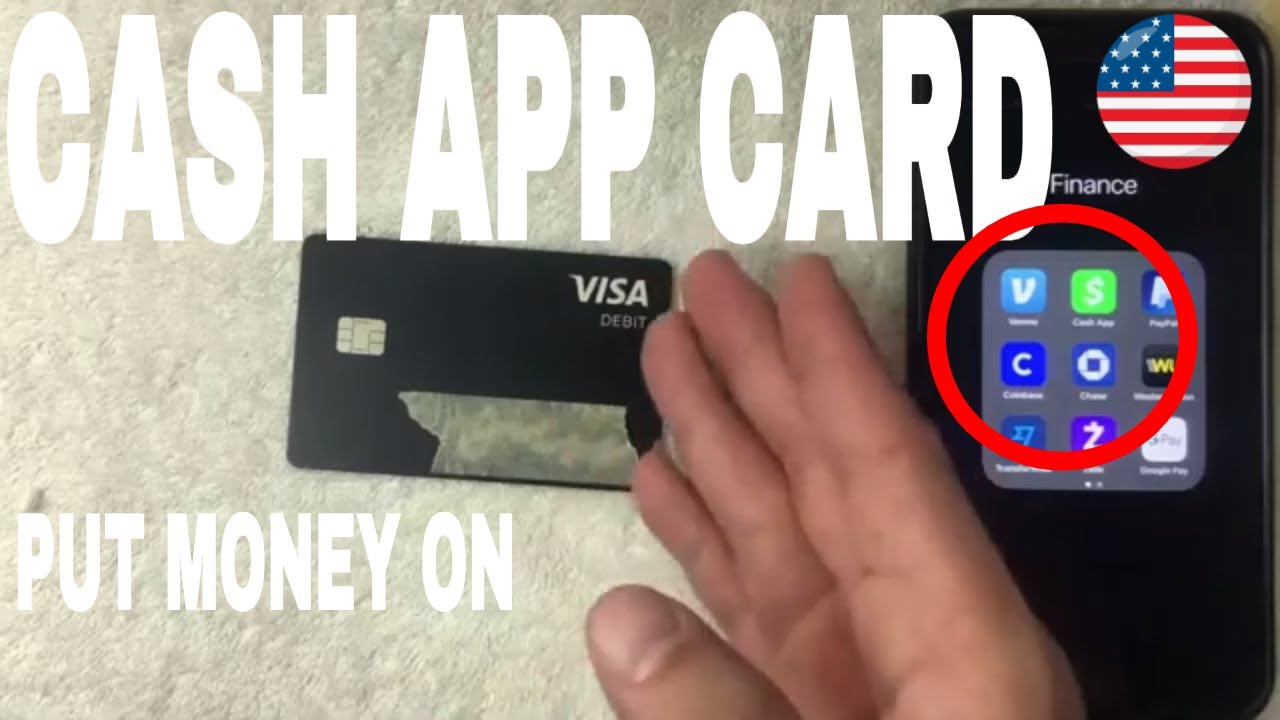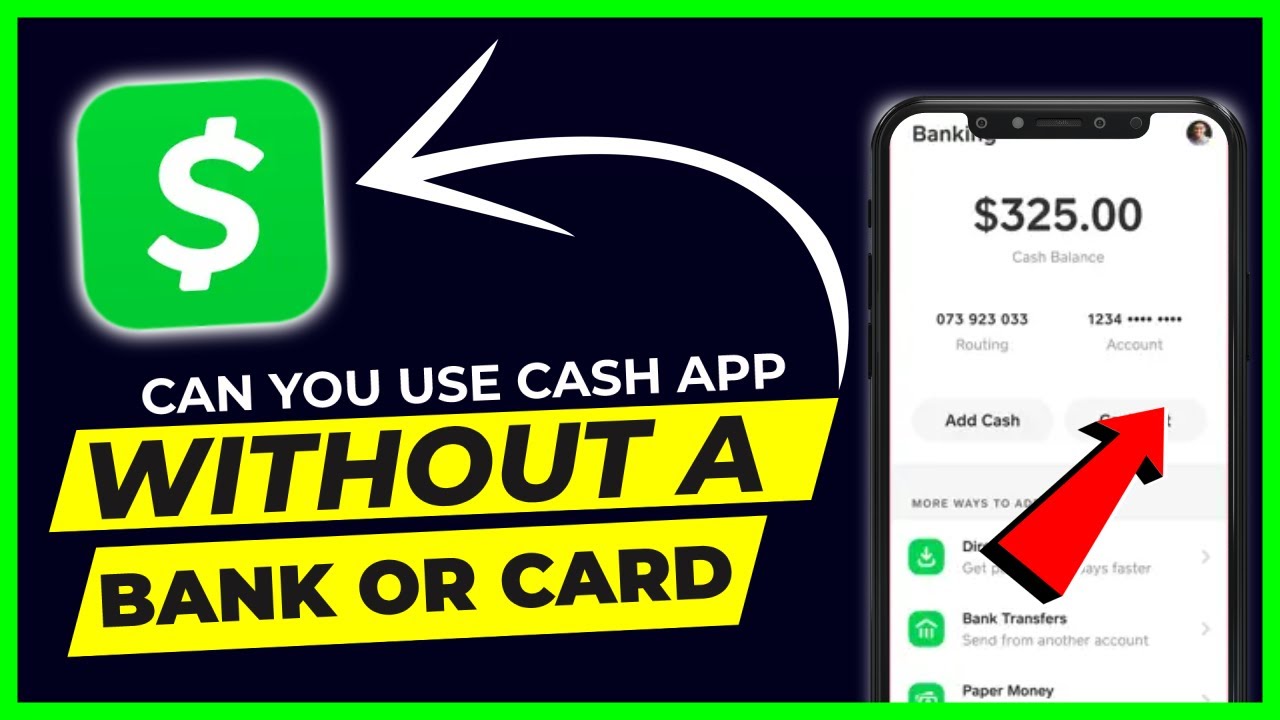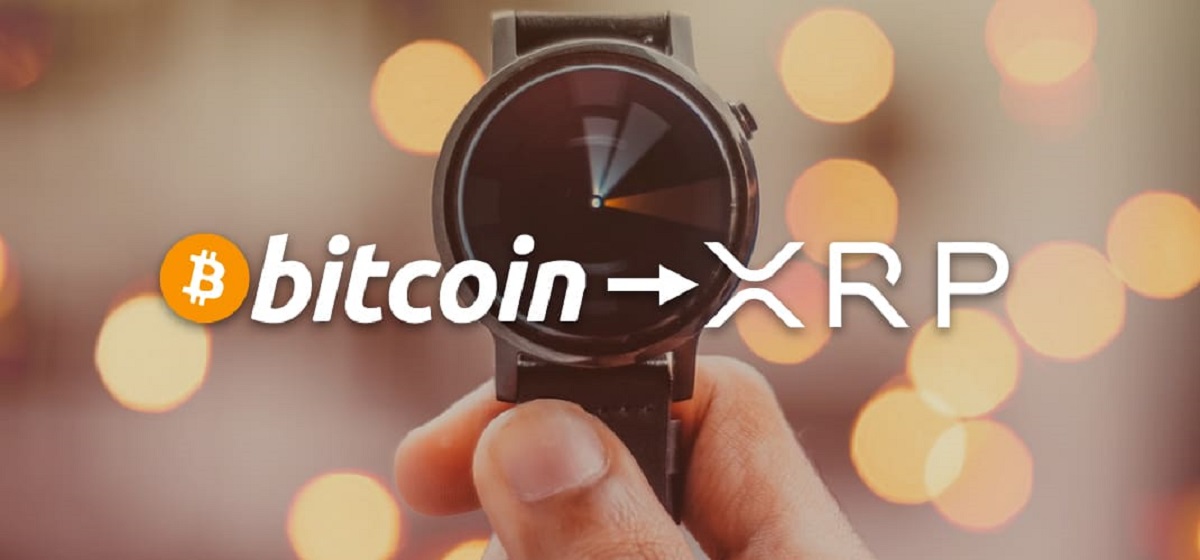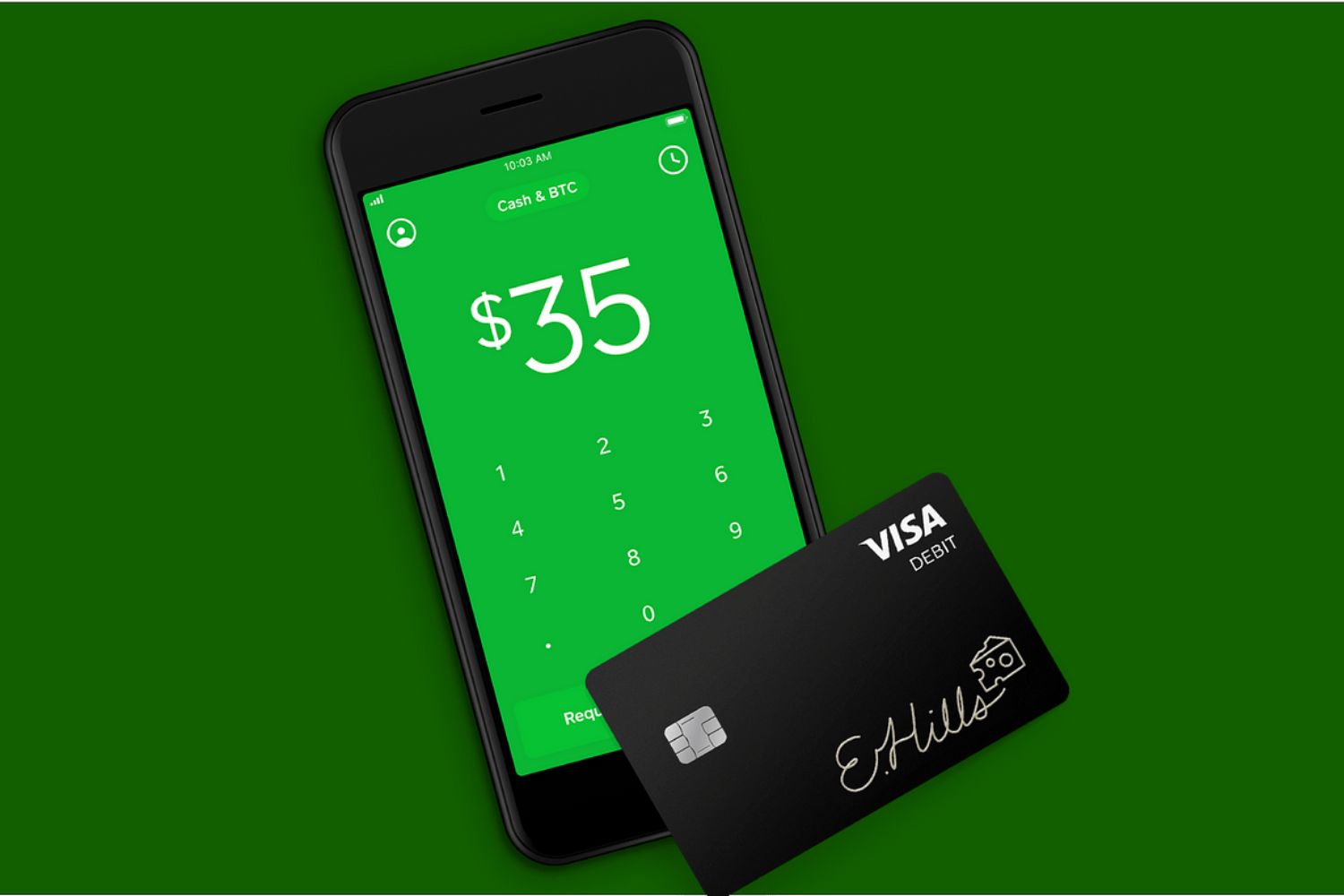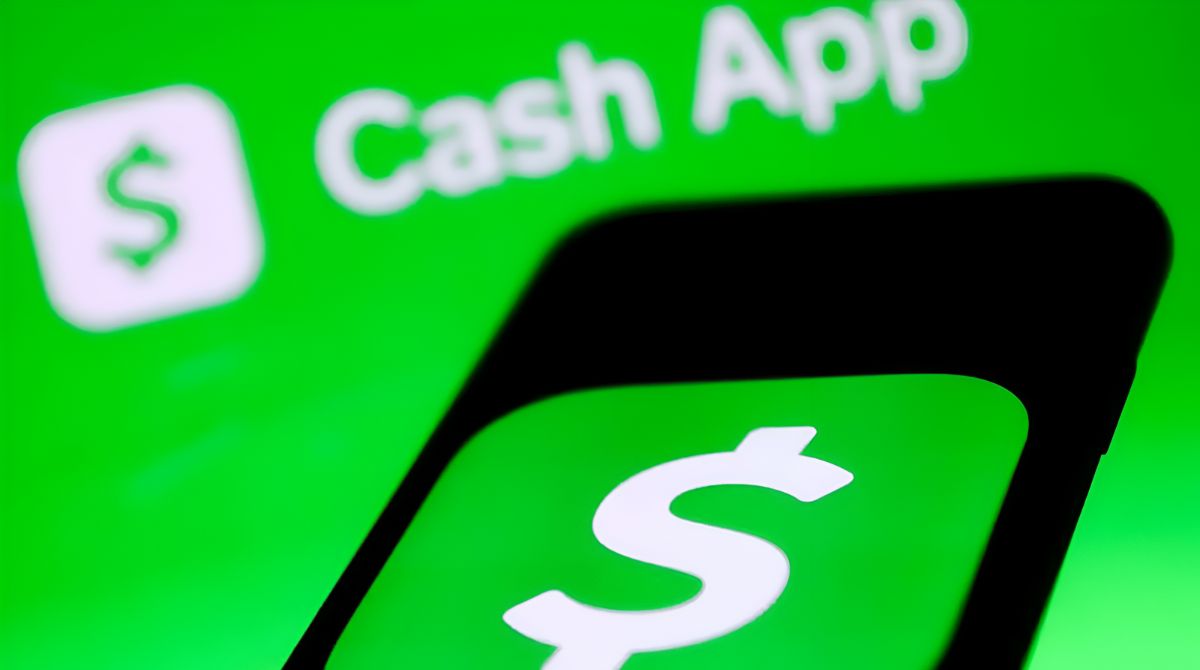Introduction
Bitcoin, the world’s first decentralized digital currency, has gained significant popularity in recent years. As a cryptocurrency, Bitcoin operates on a peer-to-peer network and is not controlled by any central authority. This opens up a plethora of possibilities, including the ability to withdraw and access funds without relying on traditional banking systems.
In this article, we will explore the various methods available for withdrawing money from Bitcoin. Whether you are a seasoned cryptocurrency enthusiast or just starting your journey in the world of digital currencies, understanding how to convert your Bitcoin holdings into fiat currency is crucial.
Bitcoin offers several advantages over traditional currencies. It provides a secure and transparent way to transfer funds globally with reduced transaction costs. Additionally, it allows for greater financial autonomy by cutting out intermediaries and minimizing government regulations.
However, converting Bitcoin into physical cash or digital funds accessible through traditional banking channels can be a challenge for some individuals. Fortunately, there are multiple options available that cater to different preferences and needs.
From peer-to-peer transactions to Bitcoin ATMs, cryptocurrency exchanges, and even debit cards linked to Bitcoin wallets, there are various methods to choose from when it comes to withdrawing money from Bitcoin. Each option has its own benefits and considerations, so it’s essential to explore these possibilities to find the most suitable method for your specific requirements.
In the following sections, we will delve into the details of each method, providing a comprehensive guide on how to withdraw money from Bitcoin. Whether you’re looking for a quick cash withdrawal or wish to retain your Bitcoin in digital form for future spending, there are solutions available to meet your needs.
What is Bitcoin?
Bitcoin is a digital currency created in 2009 by an anonymous individual or group of individuals using the pseudonym Satoshi Nakamoto. It operates on a technology known as blockchain, which is a decentralized, immutable, and transparent ledger that records all Bitcoin transactions.
Unlike traditional currencies issued and controlled by central banks, Bitcoin is not subject to government regulations or restrictions. It exists purely in the digital realm and relies on cryptography to secure transactions and control the creation of new units. This decentralized nature makes Bitcoin resistant to censorship and provides users with a greater level of financial autonomy.
Bitcoin is often referred to as a cryptocurrency because it uses cryptographic techniques to regulate the creation of new units and verify the transfer of funds. The total supply of Bitcoin is limited to 21 million coins, ensuring scarcity and guarding against inflation.
One of the key features of Bitcoin is its transparency. All Bitcoin transactions are recorded on the blockchain, a public ledger accessible to anyone. This transparency allows users to track the movement of funds and verify the integrity of the system. However, the identities of the parties involved in the transactions are kept anonymous.
As a digital currency, Bitcoin can be used for a wide range of purposes. It can be used as a medium of exchange for goods and services, an investment vehicle, or a store of value. Some people even view Bitcoin as a hedge against traditional financial systems and economic uncertainties.
To access and use Bitcoin, individuals need a digital wallet that stores their private keys. Private keys are unique cryptographic codes that allow users to sign transactions and prove ownership of their Bitcoin. These wallets can be stored on various devices, including computers, smartphones, or hardware wallets.
Overall, Bitcoin has revolutionized the financial world by introducing a decentralized and transparent form of digital currency. Its innovative technology and potential for financial freedom have attracted a growing number of individuals and businesses to adopt Bitcoin as a viable alternative to traditional currencies.
How is Bitcoin Different from Traditional Currencies?
Bitcoin operates in a fundamentally different way compared to traditional currencies such as the US dollar, euro, or yen. Understanding the key differences between Bitcoin and traditional currencies is essential to grasp its unique advantages and challenges.
1. Decentralization: Unlike traditional currencies that are controlled by central banks and government authorities, Bitcoin is a decentralized currency. It operates on a peer-to-peer network, with transactions verified and recorded by a distributed network of computers known as miners. This decentralization eliminates the need for intermediaries and reduces the risk of manipulation or censorship.
2. Limited Supply: While traditional currencies can be printed or created at will by central banks, Bitcoin has a limited supply. The total number of Bitcoins that can ever exist is capped at 21 million. This scarcity helps protect against inflation and ensures that Bitcoin retains its value over time.
3. Transparency: Bitcoin transactions are recorded on a public ledger known as the blockchain. This transparency allows anyone to view all transactions that have ever taken place on the network. While the identities of the parties involved in the transactions remain anonymous, the transaction details themselves are visible to anyone. This transparency helps foster trust and accountability in the system.
4. Security: Bitcoin relies on advanced cryptographic techniques to secure transactions and protect users’ funds. Transactions are digitally signed using private keys, ensuring that only the rightful owners can access and transfer their Bitcoin. Additionally, the decentralized nature of the network makes it highly resistant to hacking and fraud.
5. Global Accessibility: Traditional banking systems often exclude individuals who do not have access to a bank account or live in remote locations. Bitcoin, on the other hand, is accessible to anyone with an internet connection. This global accessibility makes Bitcoin an inclusive and empowering financial tool for individuals who are unbanked or underserved by traditional banking systems.
6. Lower Transaction Costs: Traditional banking systems often involve numerous intermediaries, such as banks and payment processors, which can result in high transaction fees. Bitcoin transactions, however, typically have lower fees since they eliminate the need for intermediaries. This makes Bitcoin an attractive option for cross-border transactions and micropayments.
While Bitcoin offers several advantages over traditional currencies, it is important to note that it also comes with its own set of challenges. The relatively volatile nature of Bitcoin’s price, regulatory uncertainties, and the potential for cybersecurity threats are factors that users and investors need to consider.
In summary, Bitcoin’s decentralized nature, limited supply, transparency, security, global accessibility, and lower transaction costs distinguish it from traditional currencies. These unique characteristics have made Bitcoin an increasingly popular alternative for individuals seeking financial autonomy and innovative ways to store and transfer value.
How to Withdraw Money from Bitcoin
Withdrawing money from Bitcoin involves converting your digital currency into fiat currency, such as US dollars, euros, or any other traditional currency. There are several methods available for withdrawing money from Bitcoin, each with its own process and considerations.
1. Peer-to-Peer Transactions: One option to withdraw money from Bitcoin is through peer-to-peer transactions. This involves finding individuals willing to buy your Bitcoin directly and exchanging it for cash or other forms of payment. Platforms like LocalBitcoins and Paxful connect buyers and sellers, facilitating these transactions. It’s important to exercise caution and only transact with reputable and trustworthy individuals.
2. Bitcoin ATMs: Bitcoin ATMs are physical machines that allow you to sell Bitcoin and withdraw cash. These ATMs work similarly to regular ATMs, but instead of dispensing traditional currency, they convert your Bitcoin into cash. Bitcoin ATMs are available in various locations worldwide and can be found using online directories or mobile apps. Keep in mind that Bitcoin ATMs often have transaction limits and may charge higher fees compared to other methods.
3. Cryptocurrency Exchanges: Cryptocurrency exchanges are online platforms where you can buy and sell Bitcoin. To withdraw funds from Bitcoin on an exchange, you need to sell your Bitcoin for the desired fiat currency and then initiate a withdrawal to your bank account or other payment methods supported by the exchange. Popular cryptocurrency exchanges like Coinbase, Binance, and Kraken offer fiat withdrawal options. However, note that these platforms may require a verification process and have specific withdrawal limits and fees.
4. Debit Cards Linked to Bitcoin Wallets: Some Bitcoin wallet providers offer debit cards that are linked to your Bitcoin wallet. These cards allow you to directly spend your Bitcoin at any establishment that accepts regular debit or credit cards. You can also withdraw cash from ATMs using these cards. This option provides convenience and instant access to your Bitcoin funds, but be aware of any transaction fees or conversion charges that may apply.
5. Gift Cards and Vouchers: Another way to withdraw money from Bitcoin is by purchasing gift cards or vouchers with your Bitcoin. Several online platforms and marketplaces allow you to convert Bitcoin into gift cards for popular retailers and services. You can either use the gift cards for your own purchases or sell them to others for cash.
6. Bitcoin Loans and Financing: If you prefer to hold on to your Bitcoin while accessing fiat currency, you can explore Bitcoin loans and financing options. Some platforms and services allow you to borrow against your Bitcoin holdings, using them as collateral. This way, you can obtain cash without selling your Bitcoin, effectively accessing your funds while maintaining ownership of your digital assets. However, it is crucial to carefully evaluate the terms, interest rates, and risks associated with borrowing against your Bitcoin.
Before choosing a method to withdraw money from Bitcoin, consider factors such as transaction fees, security, convenience, and speed. It’s also essential to stay updated on the legal and regulatory aspects of Bitcoin withdrawals in your jurisdiction to ensure compliance.
No matter which method you choose, always exercise caution when dealing with Bitcoin withdrawals and ensure that you are transacting with reputable and trusted individuals or platforms to safeguard your assets and mitigate risks.
Option 1: Peer-to-Peer Transactions
One of the methods to withdraw money from Bitcoin is through peer-to-peer transactions. Peer-to-peer transactions involve finding individuals who are willing to buy your Bitcoin directly and exchanging it for cash or other forms of payment.
There are several platforms and websites that facilitate peer-to-peer Bitcoin transactions, such as LocalBitcoins and Paxful. These platforms act as intermediaries, connecting buyers and sellers and providing a secure environment for conducting transactions.
The process of using a peer-to-peer platform typically involves the following steps:
- Create an account: Start by creating an account on a peer-to-peer platform of your choice. Provide the necessary personal information and complete any verification procedures required by the platform.
- List your Bitcoin for sale: Once your account is set up, you can create a listing to sell your Bitcoin. Specify the amount of Bitcoin you want to sell and the desired currency or payment method.
- Find a buyer: Interested buyers can browse the listings and contact you if they are interested in buying your Bitcoin. You can communicate with potential buyers through the platform’s messaging system to negotiate the terms of the sale.
- Agree on the transaction details: Once you have found a buyer and agreed on the terms, you can proceed with the transaction. It is important to clarify the payment method, exchange rate, and any additional requirements or conditions.
- Complete the transaction: After agreeing on the details, you can finalize the transaction. Transfer the agreed-upon amount of Bitcoin to the buyer’s wallet, and confirm that the payment has been made. Make sure to follow the platform’s guidelines on confirming the payment to avoid any disputes or fraudulent activity.
- Receive payment: Once the buyer has confirmed the receipt of the Bitcoin, you can expect to receive payment in cash or through the agreed-upon payment method. Ensure that you have received the payment before the transaction is considered complete.
Peer-to-peer transactions offer a direct and decentralized method of withdrawing money from Bitcoin. This method allows you to set your own terms and negotiate with potential buyers, giving you control over the transaction process.
However, it’s important to exercise caution when engaging in peer-to-peer transactions. Ensure that you are dealing with reputable and trustworthy individuals and take necessary precautions to protect yourself from scams or fraudulent activity.
It is also advisable to conduct thorough research on the current market rates and transaction fees to ensure that you are getting a fair price for your Bitcoin. Factors such as the liquidity of the market and the demand for Bitcoin can influence the prices offered by buyers.
Peer-to-peer transactions can be an efficient way to withdraw money from Bitcoin, as they enable you to bypass traditional financial intermediaries and directly exchange your Bitcoin for cash. However, it is important to stay vigilant and use trusted platforms to ensure a safe and secure transaction process.
Option 2: Bitcoin ATMs
Bitcoin ATMs provide another convenient option for withdrawing money from Bitcoin. These physical machines allow you to sell your Bitcoin and receive cash in return. Bitcoin ATMs can be found in various locations globally, including shopping malls, cafes, and airports.
The process of using a Bitcoin ATM to withdraw money typically involves the following steps:
- Locate a Bitcoin ATM: Find a nearby Bitcoin ATM using online directories or mobile apps specifically designed for this purpose. These resources provide information on the location, availability, and supported functionalities of Bitcoin ATMs in your area.
- Choose the withdrawal option: Once you have located a Bitcoin ATM, approach the machine and select the withdrawal option on the screen. Some machines also allow you to choose the desired currency in which you wish to receive your cash.
- Scan your Bitcoin wallet QR code: To initiate the withdrawal, you will need to scan the QR code of your Bitcoin wallet. This code contains the necessary information to access your Bitcoin holdings.
- Enter the withdrawal amount: Enter the amount of Bitcoin you wish to sell and withdraw as cash. The Bitcoin ATM will display the equivalent amount in the chosen fiat currency based on the current exchange rate.
- Confirm the transaction: Review the transaction details, including the withdrawal amount and any associated fees. If everything is correct, proceed to confirm the transaction.
- Authenticate your identity: Depending on the regulations and requirements of the Bitcoin ATM operator, you may need to provide additional identification or complete a verification process. This step is essential to comply with anti-money laundering (AML) and know-your-customer (KYC) regulations.
- Receive the cash: Once the transaction is confirmed, the Bitcoin ATM will dispense the corresponding cash amount. Ensure that you collect your cash securely before leaving the ATM location.
Bitcoin ATMs offer a convenient and relatively quick way to convert your Bitcoin into cash. However, it is important to note that Bitcoin ATMs may impose transaction fees, which can vary depending on the machine and operator. These fees typically cover operational costs and may vary depending on factors such as the location, transaction size, and market conditions.
Moreover, Bitcoin ATMs may have withdrawal limits that restrict the maximum amount of cash you can receive in a single transaction. These limits are put in place to comply with regulatory requirements and prevent money laundering activities.
When using Bitcoin ATMs, it is crucial to ensure that you are using a reputable and secure machine. Look for well-established operators and ATMs that are regularly maintained and offer reliable customer support.
While Bitcoin ATMs provide a convenient method for withdrawing money from Bitcoin, it is worth noting that their availability may vary depending on your location. Before relying on a Bitcoin ATM, it is advisable to check for nearby machines and their operating hours to ensure that they meet your withdrawal needs.
Overall, Bitcoin ATMs offer a user-friendly way to exchange Bitcoin for cash, providing a physical means of withdrawing funds from your digital wallet. As with any financial transaction, it is recommended to exercise caution and be aware of the fees, limits, and security measures associated with using Bitcoin ATMs.
Option 3: Cryptocurrency Exchanges
Cryptocurrency exchanges provide a popular and widely-used option for withdrawing money from Bitcoin. These online platforms allow users to trade Bitcoin and other cryptocurrencies for fiat currency, such as US dollars, euros, or any other traditional currency.
The process of withdrawing funds from Bitcoin on a cryptocurrency exchange typically involves the following steps:
- Create an account: Start by creating an account on a reputable cryptocurrency exchange that supports fiat withdrawals. Provide the necessary personal information and complete any verification procedures required by the exchange. This often includes providing identification documents and proof of address.
- Link a bank account or payment method: Once your account is set up, you will need to link a bank account or payment method to facilitate the withdrawal process. This allows you to receive the funds in your desired fiat currency.
- Sell Bitcoin: After depositing your Bitcoin into your exchange account, navigate to the trading section and place a sell order for the desired amount of Bitcoin you wish to withdraw. Specify the currency or payment method you want to receive the funds in.
- Review and confirm the transaction: Before executing the sell order, carefully review the transaction details, including the amount of Bitcoin to be sold and the exchange rate offered. Once you are satisfied, confirm the transaction.
- Withdraw the funds: After the sell order is executed, the equivalent amount of funds in your chosen fiat currency will be credited to your exchange account. Proceed to initiate a withdrawal to your linked bank account or payment method. Follow the specific instructions provided by the exchange to complete the withdrawal process.
It is important to note that cryptocurrency exchanges may have different processing times for withdrawals, depending on factors such as transaction volume and the selected payment method. Some exchanges offer expedited withdrawal options for an additional fee, while others prioritize withdrawals based on user account tiers or loyalty programs.
Additionally, cryptocurrency exchanges often charge withdrawal fees, which can vary depending on the exchange and the selected payment method. These fees are typically imposed to cover network transaction costs and operational expenses incurred by the exchange.
When choosing a cryptocurrency exchange for withdrawing money from Bitcoin, consider factors such as the exchange’s reputation, security measures, liquidity, customer support, and the range of supported fiat currencies and payment methods. Conducting thorough research and reading user reviews can help you identify reliable and trustworthy exchanges.
It is worth mentioning that some exchanges may impose withdrawal limits, either on a daily, weekly, or monthly basis. These limits are implemented to comply with regulatory requirements and mitigate the risk of fraudulent activities. Ensure that the withdrawal limits of your chosen exchange align with your intended withdrawal amount.
Cryptocurrency exchanges offer a convenient and secure method for converting Bitcoin into fiat currency. However, it is essential to stay informed about the exchange’s trading fees, withdrawal policies, and any potential tax implications associated with converting cryptocurrency into traditional currency.
By utilizing cryptocurrency exchanges for Bitcoin withdrawals, you can gain access to fiat currency and seamlessly transfer your funds to your bank account or preferred payment method.
Option 4: Debit Cards Linked to Bitcoin Wallets
An increasingly popular option for withdrawing money from Bitcoin is through debit cards linked to Bitcoin wallets. These debit cards provide a convenient and efficient way to directly spend your Bitcoin holdings at any establishment that accepts regular debit or credit cards.
Debit cards linked to Bitcoin wallets work similarly to traditional debit cards, but instead of being connected to a bank account, they are associated with a Bitcoin wallet. They enable you to convert your Bitcoin into fiat currency in real-time at the point of sale, allowing for instant access to your funds.
The process of using a debit card linked to a Bitcoin wallet typically involves the following steps:
- Choose a reputable provider: Start by selecting a reputable provider that offers debit cards linked to Bitcoin wallets. Some well-known providers include BitPay, Wirex, and Coinbase Card.
- Create an account: Sign up for an account with the chosen provider and complete any necessary verification procedures. This often includes submitting identification documents and undergoing KYC (know your customer) checks.
- Fund your Bitcoin wallet: Deposit Bitcoin into your wallet provided by the debit card provider. The Bitcoin will be converted to the corresponding fiat currency when you make a purchase using the card.
- Load your debit card: Once your Bitcoin wallet is funded, load the desired amount of fiat currency onto your debit card. This can often be done directly from your Bitcoin wallet interface.
- Make purchases: Once your debit card is loaded with funds, you can use it to make purchases at any establishment that accepts debit or credit cards. The Bitcoin in your wallet will be automatically converted to fiat currency at the current exchange rate at the time of the transaction.
- Manage your card and wallet: Additionally, debit card providers often offer mobile apps or online platforms that allow you to manage your card and Bitcoin wallet. These tools enable you to track your transactions, view your balance, and load additional funds onto your card as needed.
Debit cards linked to Bitcoin wallets provide a seamless and user-friendly way to access and spend your Bitcoin funds. They offer the convenience of traditional debit cards, allowing you to make purchases at millions of merchants worldwide, both online and offline.
When choosing a provider for a Bitcoin debit card, consider factors such as the card fees, exchange rates, supported currencies, ATM withdrawal limits, and the availability of customer support. Additionally, it is essential to evaluate the security measures implemented by the provider to safeguard your funds and personal information.
It is worth noting that Bitcoin debit cards may have associated fees, such as issuance fees, loading fees, foreign transaction fees, and ATM withdrawal fees. These fees can vary depending on the provider and the specific card’s terms and conditions. It is advisable to compare the fees and services offered by different providers to ensure that you choose the card that best suits your needs.
Debit cards linked to Bitcoin wallets offer a convenient solution for withdrawing money from Bitcoin while maintaining the flexibility to easily spend your funds, just like you would with a traditional debit card. They provide an additional layer of usability and accessibility to Bitcoin for those who prefer the convenience of plastic cards for their day-to-day transactions.
Option 5: Gift Cards and Vouchers
Gift cards and vouchers offer an alternative method for withdrawing money from Bitcoin. Rather than converting your Bitcoin directly into cash, you can use it to purchase gift cards or vouchers that can be redeemed at various retailers, online platforms, or service providers.
There are multiple platforms and marketplaces that allow users to use their Bitcoin to purchase gift cards or vouchers for popular brands and services. These platforms act as intermediaries, connecting Bitcoin holders with merchants and allowing them to exchange their Bitcoin for gift cards in different denominations.
The process of using Bitcoin for gift cards and vouchers generally involves the following steps:
- Select a platform: Begin by choosing a reputable platform or marketplace that offers gift cards or vouchers in exchange for Bitcoin. Some well-known platforms in this space include eGifter, Gyft, and Bitrefill.
- Browse available options: Once you have selected a platform, browse through the available gift cards or vouchers to choose one that fits your needs. These platforms typically offer a wide range of options, including popular retailers, online services, entertainment providers, and more.
- Choose the desired denomination: Select the denomination or value for the gift card or voucher you wish to purchase. Most platforms provide multiple denominations to choose from, allowing you to customize the amount based on your preference.
- Complete the transaction: Proceed to the checkout process and follow the instructions provided by the platform to complete the purchase. This usually involves providing your Bitcoin wallet address and making the necessary Bitcoin payment.
- Receive and redeem the gift card or voucher: Once the transaction is confirmed, you will receive the gift card or voucher digitally. The platform will typically provide you with a unique code or barcode that you can use to redeem the value at the respective merchant or service provider. This may involve entering the code during checkout or presenting the barcode at a physical store.
Gift cards and vouchers offer a versatile way to utilize your Bitcoin funds. They allow you to obtain value from your Bitcoin holdings without needing to convert them directly into cash. These cards and vouchers can be used for personal purchases, gifting, or even reselling if desired.
When using gift cards and vouchers, it is important to ensure that you select reputable platforms that offer cards from trusted merchants. Verify that the selected retailer or service provider is legitimate and has a good reputation to ensure a smooth redemption process. It is also advisable to check for any terms, conditions, or expiration dates associated with the gift cards or vouchers you purchase.
While gift cards and vouchers provide an alternative way to withdraw money from Bitcoin, it is important to note that their utility is limited to the specific merchants or services associated with the cards. Before opting for this method, consider your spending habits and whether the available gift cards align with your preferences and needs.
Overall, utilizing gift cards and vouchers allows you to transform your Bitcoin into value that can be spent at various retailers and service providers. This option provides flexibility and convenience for Bitcoin holders who prefer to use their funds for specific purchases rather than converting them directly into cash.
Option 6: Bitcoin Loans and Financing
A unique option for withdrawing money from Bitcoin is through Bitcoin loans and financing. This method allows you to leverage your Bitcoin holdings as collateral to obtain cash or other forms of financing without selling your Bitcoin.
Bitcoin loans and financing platforms facilitate peer-to-peer lending, where Bitcoin holders can borrow funds using their Bitcoin as collateral. These platforms connect lenders and borrowers and provide a secure environment for conducting loan transactions.
The process of obtaining a Bitcoin loan typically involves the following steps:
- Choose a reputable platform: Start by selecting a reputable Bitcoin loans and financing platform that offers peer-to-peer lending services. Some well-known platforms in this space include BlockFi, Celsius Network, and Nexo.
- Create an account: Sign up for an account on the chosen platform and complete any necessary verification procedures, including KYC (know your customer) checks. This verification helps ensure the legitimacy of participants and prevents fraudulent activities.
- Deposit Bitcoin as collateral: Transfer the desired amount of Bitcoin to the platform, which will be used as collateral for the loan. The platform typically specifies the minimum collateral requirement based on the loan amount.
- Apply for a loan: After depositing Bitcoin as collateral, submit a loan application on the platform, specifying the loan amount and preferred terms, such as duration and interest rate.
- Loan approval and funding: Once your loan application is approved by the platform and a lender is matched, the loan funds will be disbursed to you. The funds can be received in Bitcoin or other fiat currencies, depending on the platform and the terms of the loan.
- Repayment of the loan: Repay the loan according to the agreed-upon terms, including the repayment schedule, interest, and any additional fees. Failure to repay the loan may result in the withdrawal of your collateral.
- Release of collateral: Upon complete repayment of the loan, the collateral held by the platform will be released and returned to you.
Bitcoin loans and financing provide an innovative way to access cash while retaining ownership of your Bitcoin. This option allows you to benefit from the value appreciation potential of Bitcoin while utilizing it as collateral for securing financing.
It is important to carefully evaluate the terms, interest rates, repayment schedule, and terms of the loan before entering into a Bitcoin loan arrangement. Each platform may have its own loan terms and requirements, so it is advisable to compare different platforms and choose the one that best fits your needs.
Additionally, it is crucial to be aware of the risks associated with Bitcoin loans and financing, such as potential margin call situations where the value of the collateral is too low to support the loan. It is recommended to consider the volatility of the Bitcoin market and carefully assess your ability to meet the loan repayment obligations.
Bitcoin loans and financing offer a unique option for withdrawing money from Bitcoin while maintaining ownership of your digital assets. They provide an avenue for accessing cash when needed, leveraging the value of your Bitcoin holdings.
Conclusion
Withdrawal methods are crucial for converting Bitcoin into fiat currency and accessing funds for everyday expenses or other financial needs. In this article, we have explored various options available for withdrawing money from Bitcoin.
Peer-to-peer transactions allow direct exchanges between Bitcoin sellers and buyers, providing flexibility and control over the transaction process. Bitcoin ATMs offer a convenient way to sell Bitcoin and receive cash instantly, although they may have transaction limits and higher fees.
Cryptocurrency exchanges provide a popular and reliable option for converting Bitcoin into fiat currency, allowing users to sell Bitcoin and withdraw funds to their bank accounts. Debit cards linked to Bitcoin wallets offer the convenience of using Bitcoin directly for everyday purchases at locations that accept debit cards.
Gift cards and vouchers provide an alternative method where Bitcoin can be exchanged for value in the form of cards or vouchers that can be redeemed at various merchants. Bitcoin loans and financing allow individuals to leverage their Bitcoin as collateral to obtain cash or financing without selling their Bitcoin holdings.
Each withdrawal option has its own set of advantages, considerations, and fees. It is essential to choose the most suitable method based on factors such as convenience, transaction costs, security, and personal preferences.
When withdrawing money from Bitcoin, it is important to stay informed about the legal and regulatory aspects of Bitcoin transactions in your jurisdiction. Additionally, exercise caution and conduct thorough research to ensure you are using trusted platforms and dealing with reputable individuals to safeguard your funds.
As the cryptocurrency landscape continues to evolve, new withdrawal methods may emerge, offering innovative solutions for converting Bitcoin into traditional currency. Stay updated on the latest developments and explore the options that best meet your financial needs and requirements.
Whether you opt for peer-to-peer transactions, Bitcoin ATMs, cryptocurrency exchanges, debit cards, gift cards, or loans, withdrawing money from Bitcoin allows you to unlock the value of your digital assets and access the funds needed to navigate the traditional financial world.









